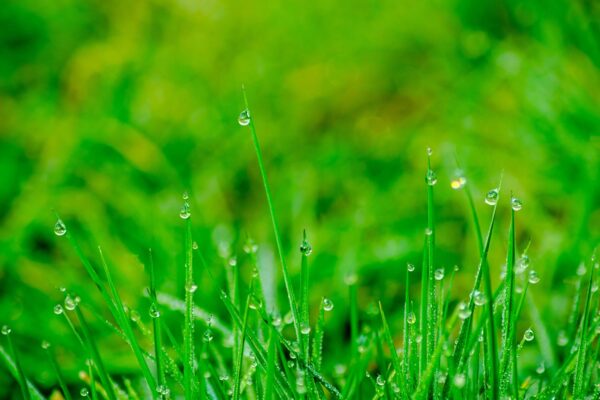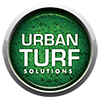Myths and Misconceptions about Artificial Grass
Artificial grass, despite its growing popularity, is still shrouded in a variety of myths and misconceptions. Understanding the truth behind these common misbeliefs is key to making informed decisions about whether artificial turf is the right choice for your landscaping needs.
One of the most common myths is that artificial grass is only suitable for sports fields. While it’s true that artificial turf made its debut in the sports world, its applications have significantly expanded over the years. Nowadays, artificial grass is widely used for residential lawns, commercial landscaping, playgrounds, golf courses, and even for indoor installations like green walls and event spaces. Its versatility makes it a flexible solution for diverse landscaping needs.

Another prevailing myth is that artificial grass feels too synthetic or plastic-like. This might have been true for the first generations of artificial turf, but today’s synthetic grass products have been designed to closely mimic the look and feel of natural grass. Advanced materials and manufacturing processes have allowed for the development of artificial grass that is soft, resilient, and remarkably similar to natural grass in terms of texture. When properly installed, it can be quite challenging to distinguish between a high-quality artificial turf and a well-maintained natural lawn.
A further misconception is that artificial grass isn’t environmentally friendly. However, it’s important to take a holistic view of its environmental impact. Artificial grass does indeed require plastic materials and energy for its production, and issues related to its end-of-life disposal need to be addressed. However, it also provides significant environmental benefits such as water conservation, the elimination of harmful pesticides and fertilisers, and a reduction in emissions from lawnmowers and other gardening equipment. Over its lifetime, these savings can make artificial grass a viable and more sustainable alternative to natural grass, particularly in water-scarce regions.
While there are legitimate considerations when deciding on artificial grass, many of the prevailing myths do not hold up to scrutiny. With the significant advances in technology, the diverse applications, and the environmental savings it offers, artificial grass emerges as a compelling solution for a variety of landscaping needs.
